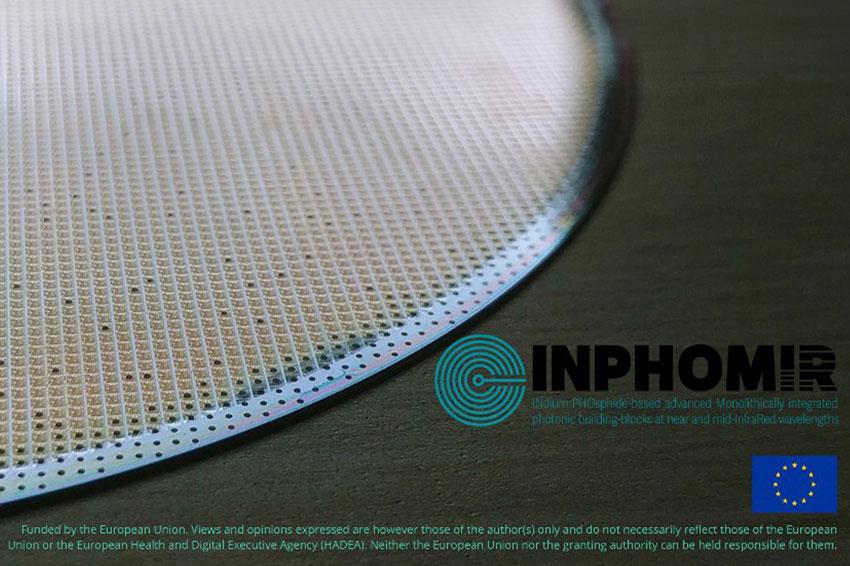EU-funded project to develop “avant-garde photonic functionalities”
04.07.2024 - Aim is to make Europe a self-sufficient ecosystem for photonic integrated circuits (PICs), allow efficient laser navigation, mid-IR lidar.
Developing PICs is complicated and expensive, requiring billions of euros, advanced technology, and a highly skilled workforce. At present, most PICs are made in parts of Asia, where considerable investment has been made to develop this industry over decades. By providing miniaturized and advanced photonic technologies, the recently kicked-off Inphomir project is set to boost European industries and help create an EU PIC ecosystem.
“Our pioneering advancements in PIC-based hardware technology promise to revolutionise the supply chain management (SCM) processes of EU companies. With our own supply of PICs, Europe can innovate faster and create new technologies, keeping us at the forefront of technological advancements. We are helping to enhance the EU’s sovereignty by developing a self-sufficient ecosystem for photonic technologies. The project’s success will mark a significant milestone in photonic sensing technology, offering a competitive edge to European industries, reinforcing the EU’s commitment to technological excellence”, said Daniele Palaferri, senior scientist at GEM Elettronica and project coordinator of Inphomir.
The project is a collaborative endeavor funded under Horizon-RIA and supported by the Horizon Europe program. It brings together a consortium of academic institutions and industrial partners. The multidisciplinary project is coordinated in Italy by GEM Elettronica and will conclude in 2027. It includes eight other partners: Politecnico Di Bari, Sigma Ingegneria, Warrant Hub (Italy), TU Eindhoven (Netherlands), TU Munich (Germany), University College Cork – National University Of Ireland, Cork (Ireland), Endurosat Ad (Bulgaria), and Bewarrant (Belgium).
Launched by the European Commission under the Photonics Partnership and supported by Photonics21, the project is poised to transform space exploration and autonomous systems with the development of two new ultralow-power compact sensing devices – an optical gyroscope and a mid-infrared FMCW lidar – that will aim to make space missions more efficient and cost-effective. The team is developing its sensors with mid-infrared light because it can see through things that usually block normal light, such as dust, fog, and other obstacles.
Inphomir is building its sensors onto indium phosphide (InP) that allows large computing power into something the size of a thumbnail – creating super-efficient, tiny sensors. The team uses InP to make advanced photonic integrated circuits or ‘PICs’ that surpass current technologies.
“Unlike existing optical gyroscopes and mid-IR lidar systems, we integrate all photonic components onto a single chip, reducing size, weight, and power consumption. This means all parts of a sensor can be combined on a single chip, and the overall device can be much smaller. By addressing big-data challenges through the development of data-fusion and AI algorithms, we aim to create solutions capable of handling massive flows of data”, said Palaferri.
Contact
Photonics21
c/o VDI Technologiezentrum GmbH, VDI-Platz 1
40468 Duesseldorf
Germany
+49 211 6214 338 668






